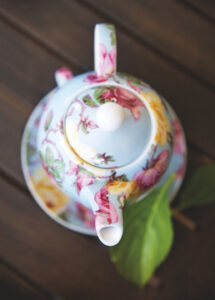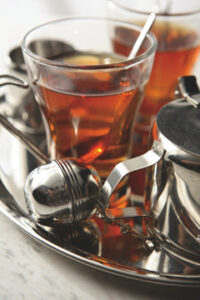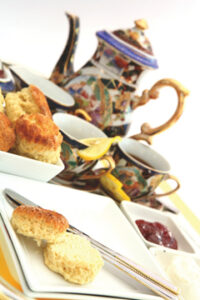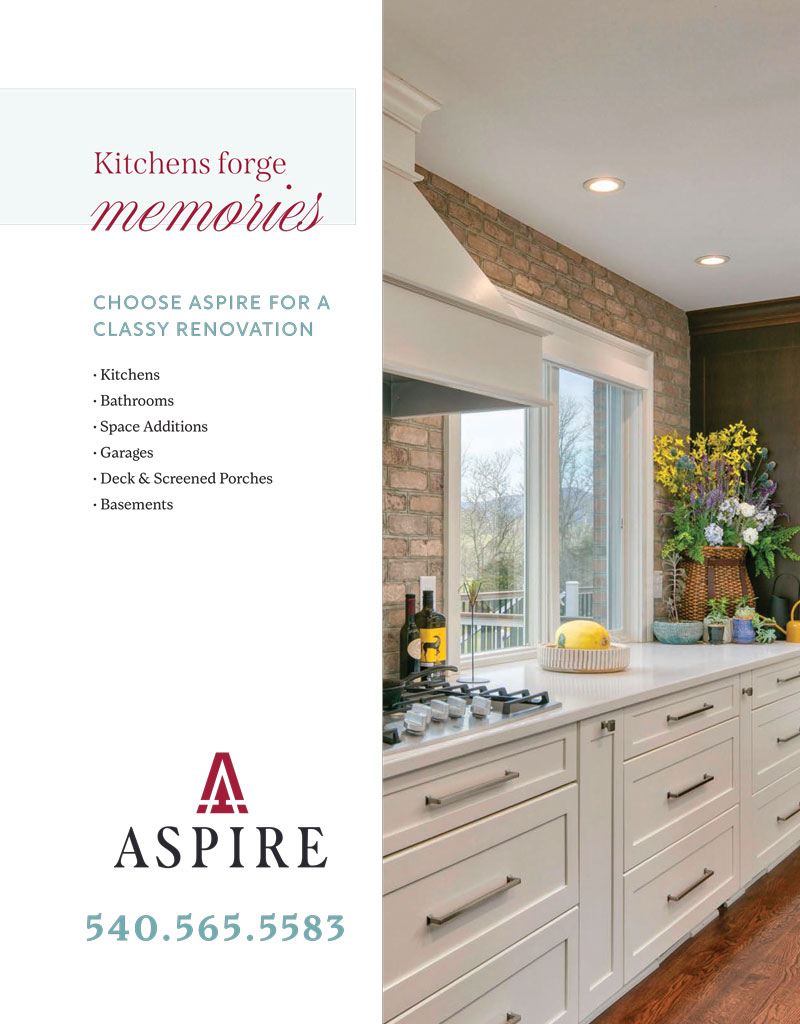A Cup of Tea: Delight Your Guests with Time for Tea
 My junior year in college was spent studying outside of London in the quaint town of Reading. As I settled into life abroad, I found it charming when my new British friends would call to invite me to enjoy a cup of tea and a biscuit with them. Since I was there to learn all about the British culture, I was ready to embrace this dignified ritual!
My junior year in college was spent studying outside of London in the quaint town of Reading. As I settled into life abroad, I found it charming when my new British friends would call to invite me to enjoy a cup of tea and a biscuit with them. Since I was there to learn all about the British culture, I was ready to embrace this dignified ritual!
A “cuppa tea,” as the British refer to it, represents hospitality in its truest sense. As any good Southerner knows, an invitation to one’s home is the ultimate act of civility and friendship. Taking the time to sit and enjoy the companionship of another, while discussing the joys and challenges of everyday life, is the ultimate treat for the guest and hostess alike.
 Put the Kettle On
Put the Kettle On
There is more to preparing a delicious cup of tea than simply plopping a tea bag into a vat of hot water. Creating the perfect cup of tea takes a little knowledge, a bit of experimentation, and a willingness to sit back and savor a few moments of peace.
Margaret Nyhof, a Virginia resident who hails from Blantyre, Scotland, has shared some of her tricks for preparing the ideal cup of tea. She believes that the key to making a delicious cup is to put fresh boiling water into a teapot (not tepid or microwaved). Furthermore, the inside of the teapot should be rinsed with hot water to warm it before adding the tea and boiling water. Tea experts believe that the act of rinsing the teapot beforehand helps prevent the infusion process from cooling off too quickly, enabling the subtle components of the tea to shine through.
How much tea should you use? Nyhof uses the old rule of a teaspoon or tea bag of tea for each cup, and an additional half to a whole teaspoon or tea bag for the pot. This practice is referred to as “one for the pot.” If you are using a high-quality tea or loose leaves, you may not need to use as much since the tea will be stronger. If you enjoy adding milk and sugar to your cup, you may want to make it on the stronger side so that you can enjoy the full body of the tea.
Although it sounds intimidating to use loose leaves, it actually is quite easy. You can place leaves in a variety of objects: a tea ball, a stainless-steel mesh infuser, a basket filter, a tea sock, a paper filter, a plunger pot (which pushes leaves to the bottom of the pot and holds them in place), or even loose at the bottom of the pot. Each method has advantages and disadvantages; you can experiment to determine which method you prefer. Of course, the easily obtainable tea bag is a perfectly acceptable option.
A common mistake that many people make is to let the tea brew too long in the water. A tea bag or tea ball of loose leaves should not be left in the water for longer than three to five minutes. The quality and type of tea you are making, as well as your personal preference of the strength, will determine the length of time you leave your bag. Any longer than five minutes, and the tea develops an undesirable “stewed” taste.
 Choose Your Accompaniments
Choose Your Accompaniments
Tea often is served with milk (not cream), sugar, honey or lemon. Many Brits warm the milk and place it in the teacup before the tea is added. This custom is rooted in the need to protect the delicate porcelain of fine teacups from breaking from the shock of boiling water. There are a couple of rules to follow, however, to ensure a good combination of flavors: milk and lemon do not mix well (the milk curdles), and milk and honey do not taste good when used together.
“Low” or “afternoon” tea is served at 4 p.m. with crustless sandwiches, biscuits and cakes. Low tea is most often associated with the upper classes; the term low tea is derived from the height of the table on which it is served. Most often, low teas are enjoyed in a living room on a pretty tray in front of a coffee table. “High tea,” on the other hand, is served from 5 to 6 p.m. with what we Americans would consider dinner. This more substantial meal consists of breads, meats, scones and cake. Many would agree that tea isn’t complete without a sweet to enjoy!
It is easy to create a beautiful tray to set in front of your guests. Essential elements include a beautiful teapot, teacups and saucers, a sugar bowl and spoon, a milk jug, a slop basin for discarding bags or leaves, spoons, small plates, and napkins
(if offering a light nibble). In today’s society when many of us are watching our waistlines, food is optional, but a small treat of shortbread, scones, light sandwiches or cookies will delight your guests and encourage lingering and good conversation!
As my year in England came to a close, I discovered that although the Atlantic Ocean separates Virginia from Great Britain, we are much more alike than I could ever image. Both Southerners and Brits take great pride in making their guests feel welcome and comfortable. A small gesture such as offering a hot beverage is often the beginning of long-lasting friendships. Add delicious accompaniments on a beautiful tray to delightful conversation, and you’ve created a warm and friendly atmosphere which your guests will remember. In our hectic lives, treating yourself and your friends to a few quiet moments with a cup of tea is an easy way to warm the soul, and a comfort to embrace on a daily basis.






